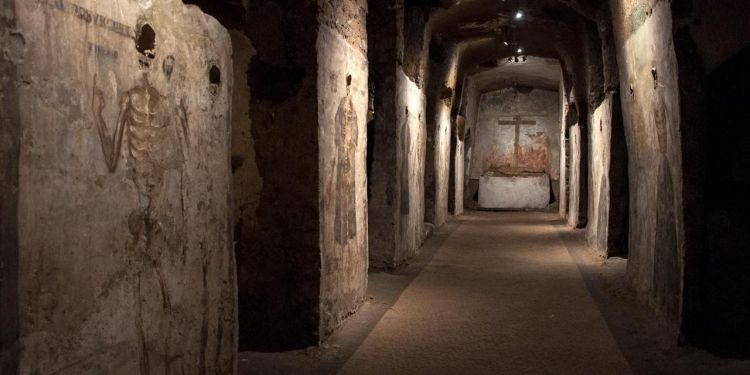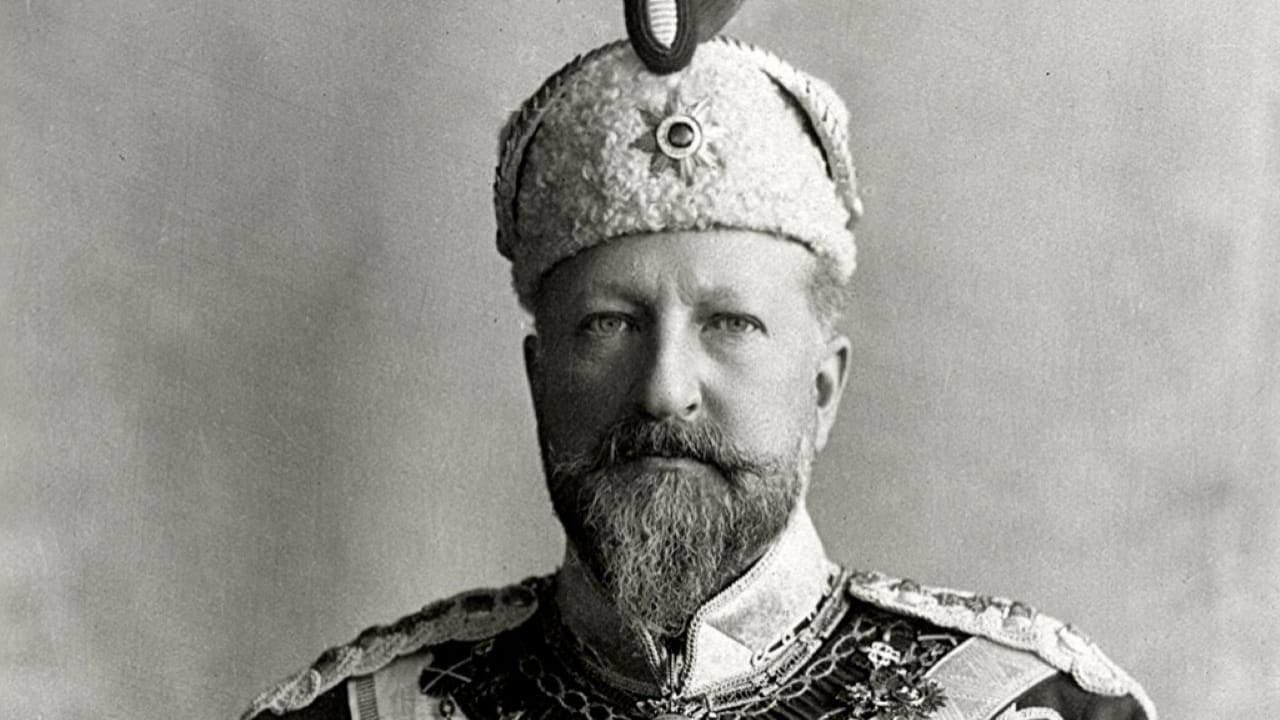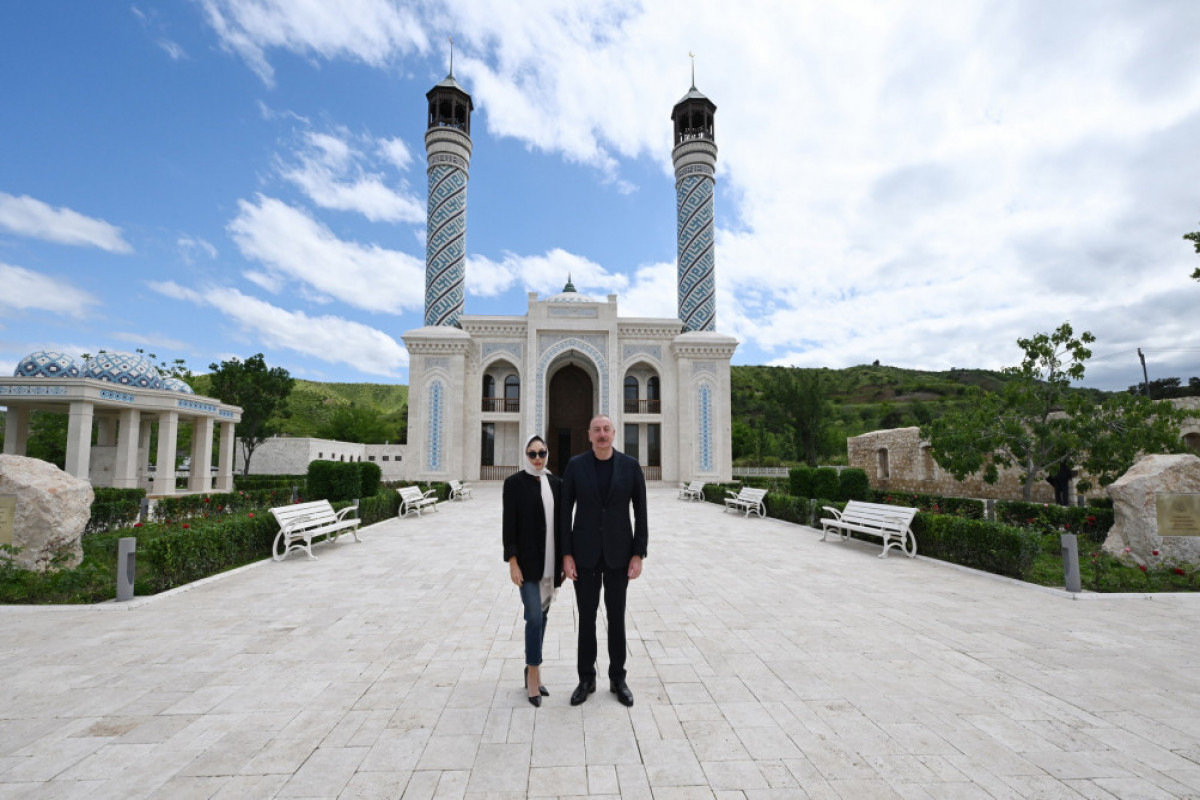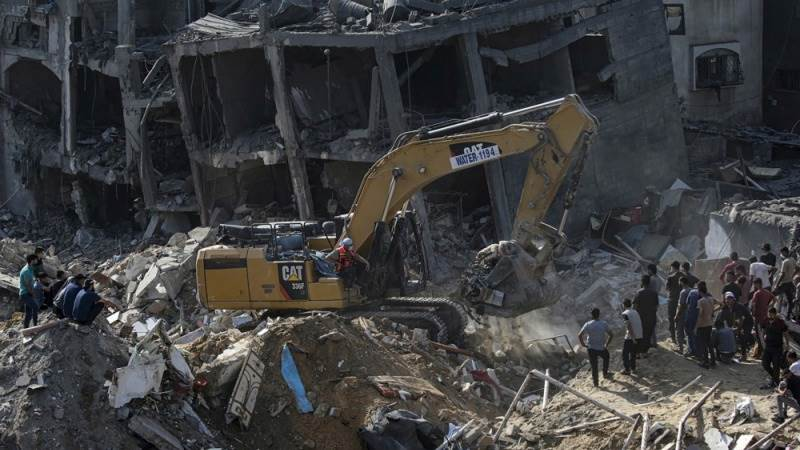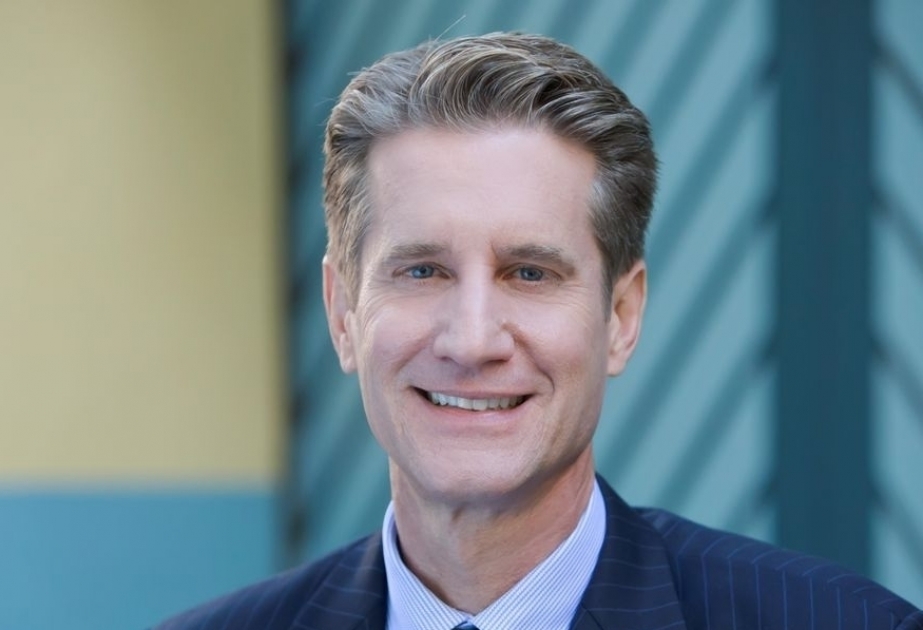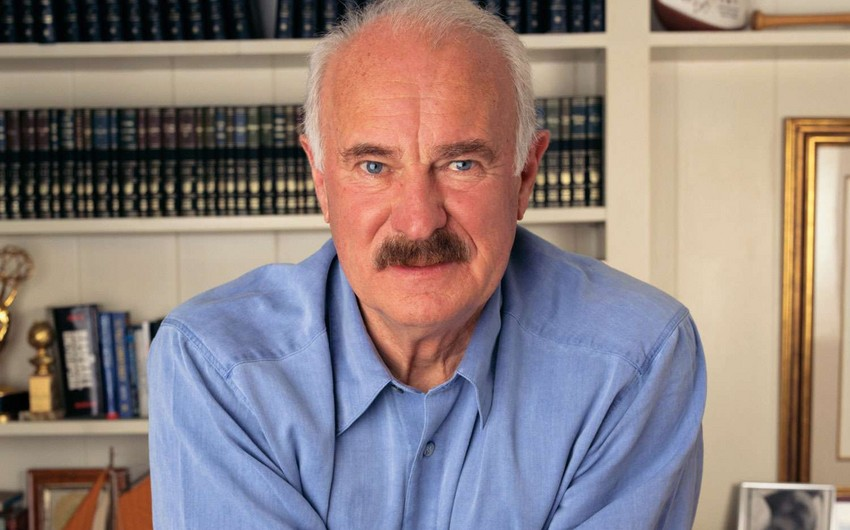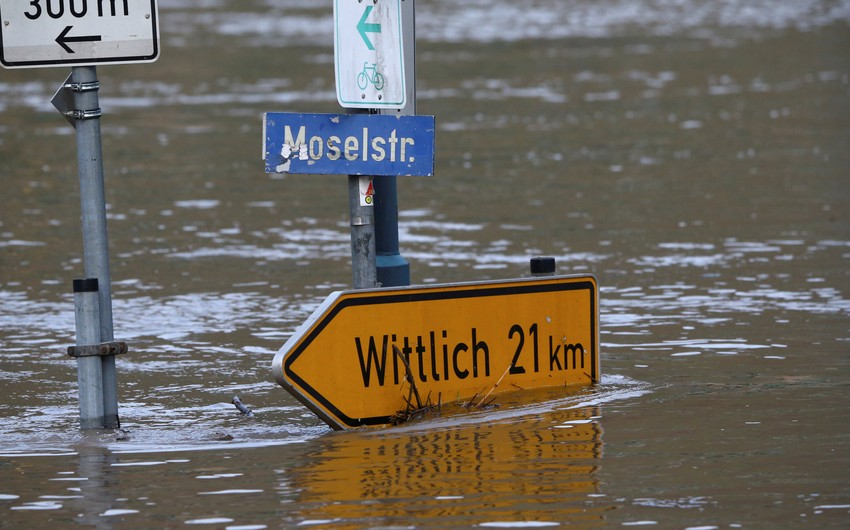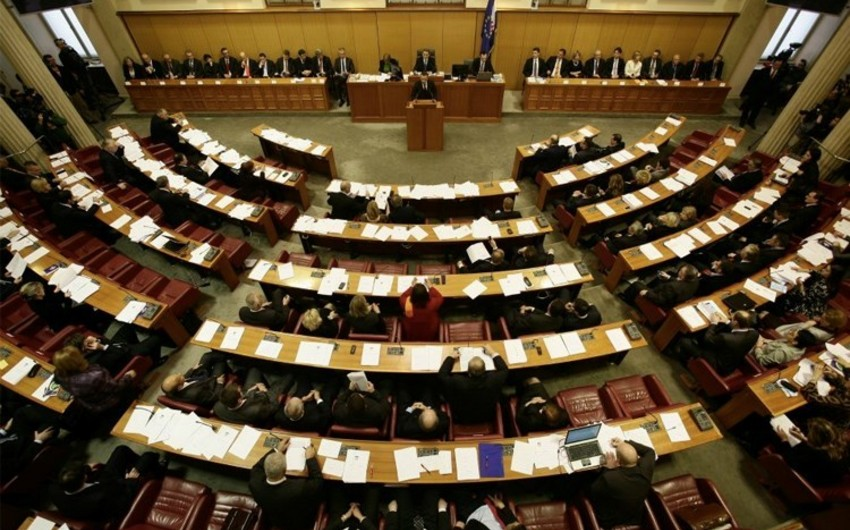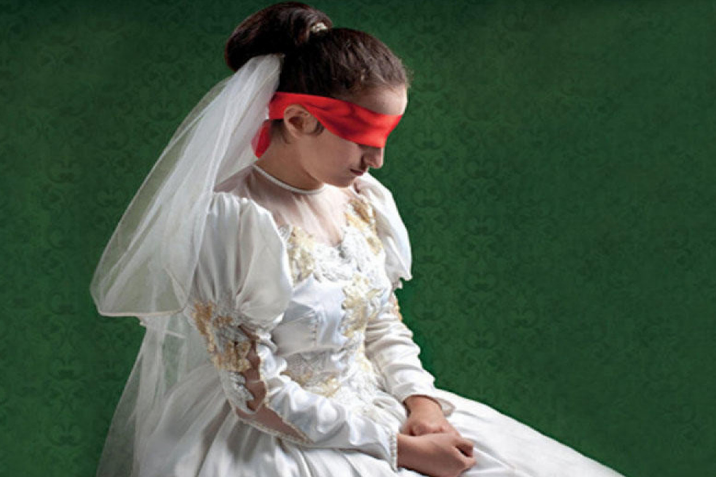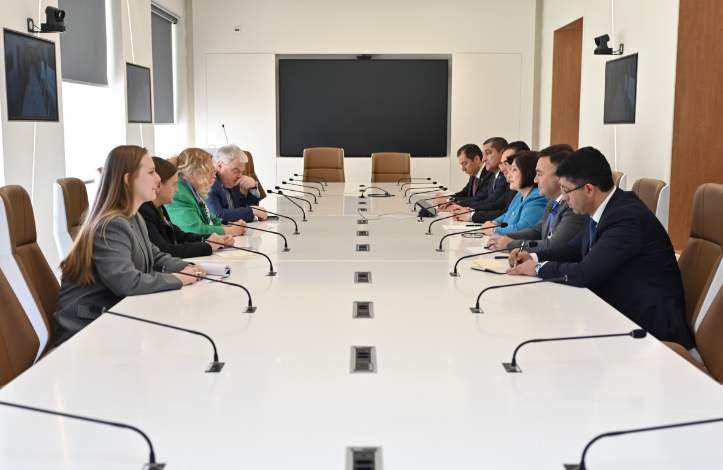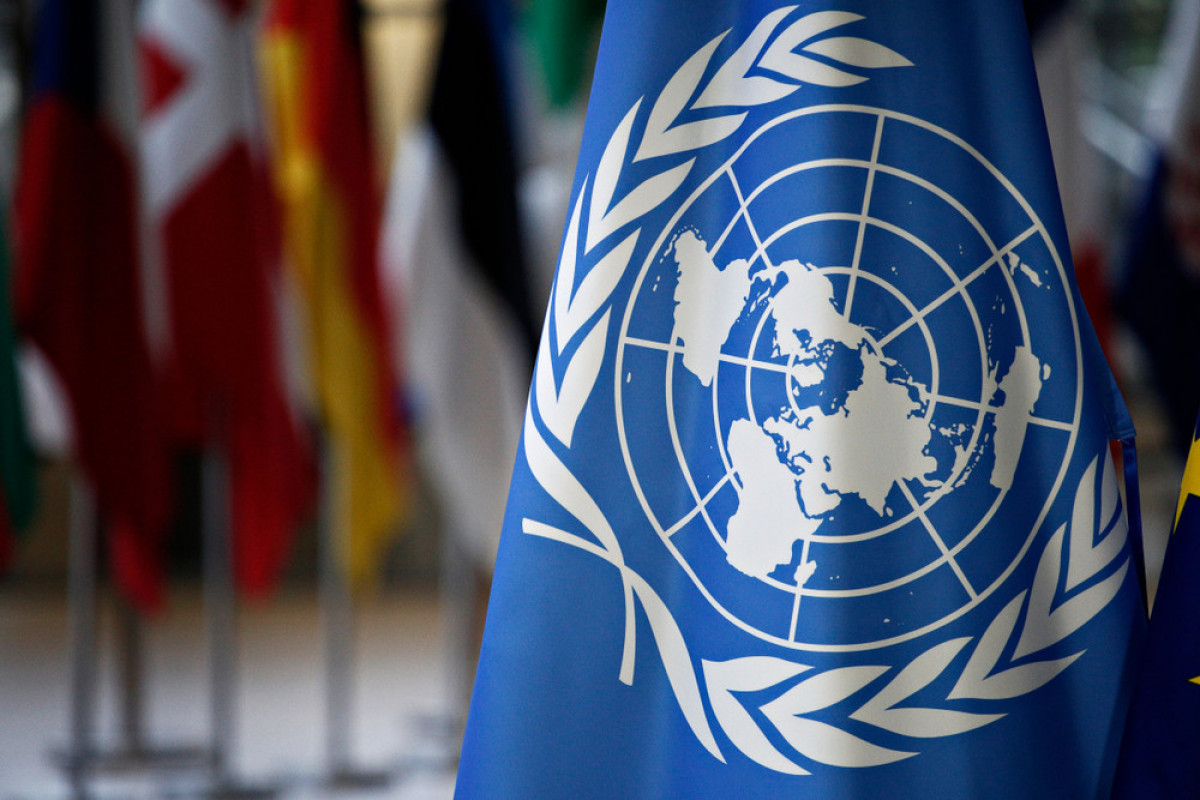It would seem reasonable to wonder if Giovanni Balducci – a painter, trained under Vasari, whose work includes the frescoed interiors of the Uffizi, Volterra Cathedral and the Duomo in his own city of Florence – ever asked how his career had come to this.
By the early 17th Century, Balducci was working in Naples. He took on a project painting portraits of princesses, magistrates and judges in the Basilica of Santa Maria della Sanità, a church that had just been built in the neighbourhood of Rione Sanità.
These portraits, though, were rather unusual. All of the subjects were dead – and Balducci was frescoing their portraits and background scenes around their skulls, which were mounted to the walls.

Even today, few people know of this cycle of some 20 frescoes that line the 30m (96ft) tunnel in the catacombs of San Gaudioso, located beneath the basilica. Until a little more than ten years ago, they weren’t even open to the public. But in 2006, young people from Rione Sanità launched the cultural co-operative La Paranza to bring an economic boost to a neighbourhood usually known for crime and Mafia ties, by reviving and protecting the area’s cultural heritage. The group still manages the catacombs and has funded several restorations, including of some of the frescoes.
Despite its relative obscurity, the tunnel here must be one of the most macabre art galleries in the world. Over the centuries, most of the bone fragments have fallen away. But what remains is still chilling. In one portrait, two princesses stand side by side, full skirts abruptly topped with their frescoed rib cages. In another, a magistrate stands, feet apart, blue robes yawning open to reveal the skeleton beneath. (The inscription around his head reads, “Diligete iustitiam qui iudicatis terram”: Love righteousness, ye that be judges of the Earth). Still another figure leans on a sword.
All were once the wealthiest members of Neapolitan society; all now have holes where their desiccated heads once were. Over time, these faces became skulls and then, eventually, nothing, as those too crumbled away. Time erases even the most noble and illustrious among us.
Among those moved by this particular show of equality in death was Totò, an Italian actor born in 1898 who, though best known for his 97 comedy films, was also a poet. Growing up in Rione Sanità, he was a frequent visitor to the catacombs of San Gaudioso. It’s here, it is said, that he was inspired for his most famous poem, ’A Livella, in which the narrator encounters the bickering spirits of two bodies interred next to each other: a noble marquis and a lowly garbage collector. “Caste is caste and must, indeed, be respected,” the marquis reprimands his neighbour. “Not a moment more can I tolerate your stinking proximity.” But his ‘inferior’ is the one who has the last word. In Neapolitan dialect, he replies:
Who do you think you are… a god?
In here, don't you get it that we are all equals?
Dead are you, and dead so am I;
Each person, once gone, is the same as another.
The marquis’ attitude may have been shared by some of the nobles interred here, who probably paid – in some form or another – for this kind of resting place. “All of these nobles were documented benefactors of Santa Maria della Sanità, and it is possible that the treatment was part of the benefits they received in exchange for being patrons,” said Carlo Avilio of the University of Warwick, who has written about the catacombs. (Religious congregations that run small chapels, and which you can join by paying an annual fee, still exist in Naples, he noted; your membership guarantees prayers for the salvation of your soul and a place in their cemetery for burial).

‘Lava of the virgins’
The catacomb complex was probably first dug around the 4th Century BC not for burials, but to extract tuff, the stone used to build the city’s powerful walls. A soft, volcanic rock, tuff is not only easy to dig out, but to dig through – one reason why people have been digging tunnels, cisterns and cemeteries in Naples for at least 2,400 years.

In antiquity, Rione Sanità was located outside of the city walls. Roman law required that the dead be buried outside the sacred boundaries of a city (the pomerium) and the area later became, like its more famous neighbour the catacombs of San Gennaro, a huge necropolis. By the 5th Century, the burial rites carried out here were no longer pagan, but Christian – and the most famous interment in this particular cemetery was of St Gaudiosus, a north African bishop who founded a monastery here before his death in 452.
As in catacombs elsewhere, the faithful wanted to spend eternity as close to the saints as possible. Other burials followed. So did sacred art as people decorated the tombs, some of which can still be seen today, like a colourful, 5th-Century fresco of St Peter introducing Pacentius to St Paul, and over the tomb of Gaudiosus, a portrait of the saint himself.

Today, these catacombs are underground – but this is only recently the case. “Right now, we’re not ‘under the ground’,” said our guide Miryam Cuomo as we stood – underground – at the catacombs entrance. “We’re simply at the depth that was the original ground level of the Rione Sanità in the 5th Century.”
Ground levels usually rise over time, but the phenomenon is particularly pronounced here. Rione Sanità is located in a valley overlooked by five hills; when it rained, mud and rock – poetically named the lave dei vergini (lava of the virgins) – would slide down. After the 9th Century, when the relics of San Gaudioso and other saints were moved into churches within the city walls, the catacombs were abandoned, then buried in the lave.

In the 16th Century, as the population of Naples grew and spread back into the once-abandoned area, something strange happened. Another inundation of lave dei vergini pushed aside rubble that had been left by an earlier slide – and uncovered a 6th-Century painting of the Madonna and child, which remains the oldest image of the Virgin Mary found in this area of southern Italy. It was decided that a new church, named the Basilica di Santa Maria della Sanità, should be constructed here.
Grisly lair
But building a church costs money. Fortunately, there was just the practice to pay for it. The church’s wealthy benefactors had their bodies treated by schiattamuorti. Although the word today has come to mean simply ‘undertaker’, its literal meaning – ‘killing the dead’ – is far more telling. The cadaver would be seated on a cantarella, a chair-shaped niche carved out of the tuff in one of three underground cellars; every so often, a schiattamuorto would go down to make incisions.

“They would do this to quickly drain the bodies – we’re talking about the blood, organs, all of the liquids which our bodies are comprised of,” said Cuomo. She paused. “Macabre enough for you?”
As gruesome as it sounds, and as unusual as it was – corpses at the time were usually buried in churches without treatment – the practice of draining and cleaning bones makes some sense, particularly in hot climates. It was also a practice that went back centuries for individuals who were considered very important or holy. After he died in north Africa in 1270, for example, the body of the French king Louis IX was eviscerated, then boiled, so that his bones could be cleanly transported to Paris. The story of William the Conqueror’s death in 1087, on the other hand, was a cautionary tale of what could go wrong if human remains weren’t treated with such care: when clerics tried to force his body into a too-small sarcophagus, it burst.

This would not be the fate for Neapolitan nobles who opted for the work of the schiattamuorti. Instead, once drained, their bones would be cleaned and laid to rest in the catacombs. For a rare few, the church could go a step further. Once desiccated, the deceased’s head would be detached, plastered onto the wall above his or her tomb – and painted in fresco by Balducci. “By doing this, the Dominicans in ten years probably recovered a great part of the cost of constructing the basilica above us,” Cuomo said wryly.
The practice was seen as a sacred one. The head, after all, was thought to be the sedes anime: the seat of the soul. “Throughout the Middle Ages into early modernity, there are all of these arguments about where the soul is in the body. Sometimes people say it’s in the blood, which goes way back – even the Mayans thought that,” said the University of Kent’s Emily Guerry, a medieval historian who is writing a book on the iconography of beheading in Christian art. “But predominantly, throughout Catholic theology, the soul is in the head. That really starts to be a firm concept after Aristotelian thought penetrates universities from the 12th Century onwards.”
Relics, too, reflected the importance of the skull. “The head is thought to have the whole praesentia, presence, and potentia, power, of the person,” Guerry said. “The best relic you could have of a saint was its head: that’s where he can talk to you, he listens to you – those parts of his personality are meant to linger in his corporeal deposit in the head.”

Although using the skull not only as a relic, but in a work of art, might seem bizarre, the practice goes back some 9,500 years: in the decorated skulls of Jericho, people added plaster and ‘eyes’ from shells.
So perhaps shouldn’t be surprising that, as macabre as this gallery is, being buried here was seen as an honour. Such an honour, in fact, that even Balducci – far from regretting the path that had brought him from painting the interior of Florence’s cathedral dome, into this grim, dank place of death – refused to be paid for the work.
Instead, he made one request: that his body be treated by the schiattamuorti and that he have a place in the gallery as well, his skull – and soul – kept in one of the most elite, and sacred, spots in Naples.

